Remover Liquid Decolorant Water Decoloring Agent Dicyandiamide Formaldehyde 37%
Molecular Formula: CH2O
UN No.: 1198
HS No.:2912110000
CAS No.: 50-00-0;8013-13-6
EINECS No.: 200-001-8
Hazard Class: 3+8
Purity: 37%,40%
leixiang2@hbleixiang.com leixiang3@hbleixiang.com
Basic Info.
Model NO.
Formaldehyde
EINECS
200-001-8
Aldehyde
Monoaldehyde
Product Name
Formaldehyde
Color
Colorless
Production
60000tons/Month
HS
2912110000
Transport Package
IBC Drum/ISO Tank
Specification
37%
Trademark
LEIXIANG
Origin
China Henbei
HS Code
2902199090
Production Capacity
60000tons/Month
Product Name:Formaldehyde
Other Names:
BFV; fannoform; superlysoform; Veracur; Formalin; formalith; Formic aldehyde; Formol; FYDE; HCHO; HOCH; karsan; lysoform; Melamine-Formaldehyde Resin; Methan 21; Methanal; Methyl aldehyde; Methylene oxide; Morbicid; Oxomethane; Oxomethylene; Oxymethylene
Molecular Formula: CH2O
UN No.: 1198
HS No.:2912110000
CAS No.: 50-00-0;8013-13-6
EINECS No.: 200-001-8
Hazard Class: 3+8
Purity: 37%,40%
Appearance: Transparent Colorless Liquid
Formaldehyde is more complicated than many simple carbon compounds in that it adopts several different forms. As a gas, formaldehyde is colorless and has a characteristic pungent, irritating odor. Upon condensation, the gas converts to various other forms of formaldehyde (with different chemical formulas) that are of more practical value. One derivative is the cyclic trimer metaformaldehyde (1,3,5-trioxane) with the formula (CH2O)3. There is also a linear polymer called paraformaldehyde. These compounds have similar chemical properties and are often used interchangeably.
When dissolved in water, formaldehyde also forms a hydrate, methanediol, with the formula H2C(OH)2. This compound also exists in equilibrium with various oligomers (short polymers), depending on the concentration and temperature. A saturated water solution, of about 40% formaldehyde by volume or 37% by mass, is called "100% formalin". A small amount of stabilizer, such as methanol, is usually added to suppress oxidation and polymerization. A typical commercial grade formalin may contain 10-12% methanol in addition to various metallic impurities. "Formaldehyde" was first used as a generic trademark in 1893 following a previous trade name, "formalin".
When treated with phenol, urea, or melamine, formaldehyde produces, respectively, hard thermoset phenol formaldehyde resin, urea formaldehyde resin, and melamine resin. These polymers are common permanent adhesives used in plywood and carpeting. It is used as the wet-strength resin added to sanitary paper products such as facial tissue, table napkins, and roll towels. They are also foamed to make insulation, or cast into moulded products.
Formaldehyde is also a precursor to polyfunctional alcohols such as pentaerythritol, which is used to make paints and explosives.
An aqueous solution of formaldehyde can be useful as a disinfectant and biocide.
Formaldehyde is used in the manufacture of animal feeds.
Formaldehyde preserves or fixes tissue or cells.It is used as Tissue fixative and embalming agent.
Formaldehyde is used in Drug testing and Photography.
PHYSICAL PROPERTIES
Formaldehyde (systematic name methanal) is a naturally occurring organic compound with the formula CH2O (H−CHO). It is the simplest of the aldehydes (R−CHO).Formaldehyde is more complicated than many simple carbon compounds in that it adopts several different forms. As a gas, formaldehyde is colorless and has a characteristic pungent, irritating odor. Upon condensation, the gas converts to various other forms of formaldehyde (with different chemical formulas) that are of more practical value. One derivative is the cyclic trimer metaformaldehyde (1,3,5-trioxane) with the formula (CH2O)3. There is also a linear polymer called paraformaldehyde. These compounds have similar chemical properties and are often used interchangeably.
When dissolved in water, formaldehyde also forms a hydrate, methanediol, with the formula H2C(OH)2. This compound also exists in equilibrium with various oligomers (short polymers), depending on the concentration and temperature. A saturated water solution, of about 40% formaldehyde by volume or 37% by mass, is called "100% formalin". A small amount of stabilizer, such as methanol, is usually added to suppress oxidation and polymerization. A typical commercial grade formalin may contain 10-12% methanol in addition to various metallic impurities. "Formaldehyde" was first used as a generic trademark in 1893 following a previous trade name, "formalin".
APPLICATION
Products generated from formaldehyde include urea formaldehyde resin, melamine resin, phenol formaldehyde resin, polyoxymethylene plastics, 1,4-butanediol, and methylene diphenyl diisocyanate.The textile industry uses formaldehyde-based resins as finishers to make fabrics crease-resistant.When treated with phenol, urea, or melamine, formaldehyde produces, respectively, hard thermoset phenol formaldehyde resin, urea formaldehyde resin, and melamine resin. These polymers are common permanent adhesives used in plywood and carpeting. It is used as the wet-strength resin added to sanitary paper products such as facial tissue, table napkins, and roll towels. They are also foamed to make insulation, or cast into moulded products.
Formaldehyde is also a precursor to polyfunctional alcohols such as pentaerythritol, which is used to make paints and explosives.
An aqueous solution of formaldehyde can be useful as a disinfectant and biocide.
Formaldehyde is used in the manufacture of animal feeds.
Formaldehyde preserves or fixes tissue or cells.It is used as Tissue fixative and embalming agent.
Formaldehyde is used in Drug testing and Photography.
Our factory
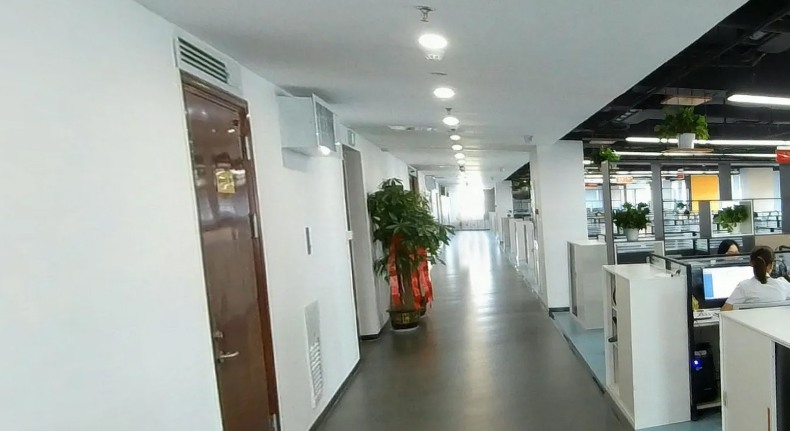
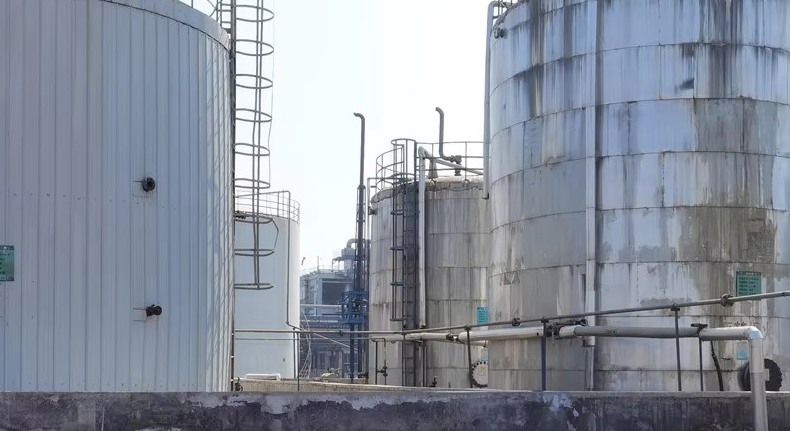
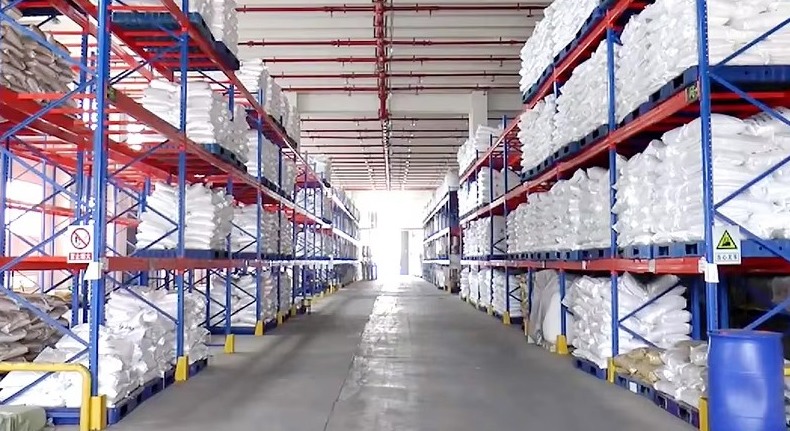
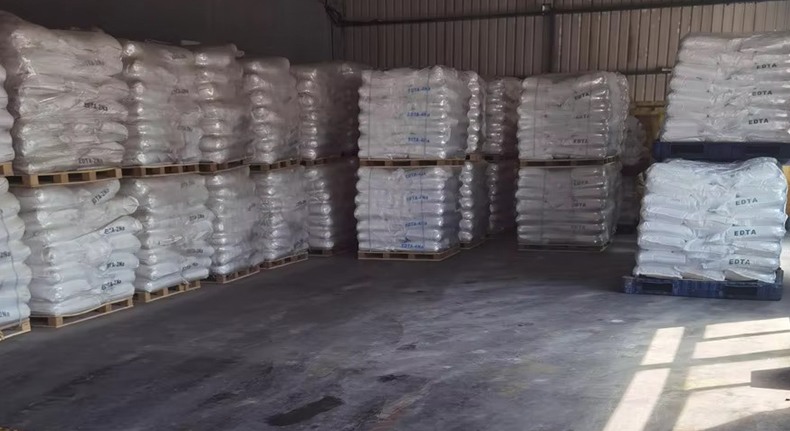
“Strength builds the foundation, and excellent services reach all over the world.” Create win-win situation with customers


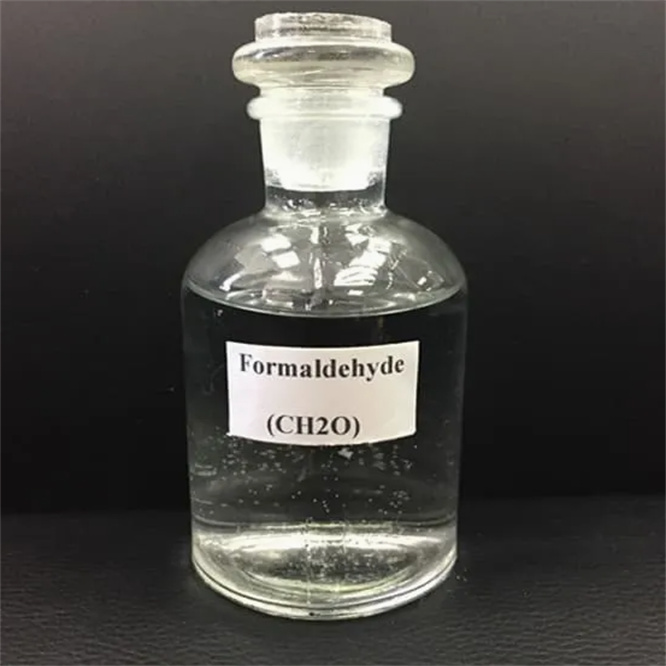

Leave A Message
If you are interested in our products and want to know more details,please leave a message here,we will reply you as soon as we can.